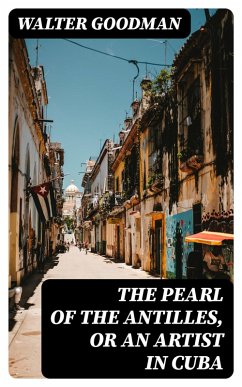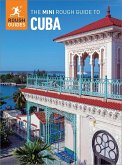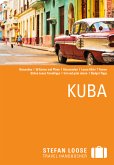In "The Pearl of the Antilles, or An Artist in Cuba," Walter Goodman offers a captivating exploration of the rich tapestry of Cuban culture and landscape through the eyes of an artist. His lyrical prose captures the vibrant yet complex interplay between natural beauty and social dynamics in Cuba, positioning the work within the tradition of travel literature enriched by a painterly perspective. Goodman employs a vivid descriptive style that blends artistic observations with historical reflections, allowing readers to experience not just the visual splendor of the island but also its socio-political undercurrents during a transformative period in the late 19th century. Walter Goodman, an American artist and writer, was profoundly influenced by his travels, particularly his lengthy sojourn in Cuba. His deep appreciation for the island's scenery and culture is further colored by his awareness of the societal issues of the time, including colonial tensions and the quest for independence. Goodman's background in art serves as a crucial lens through which he observes and comments on the Cuban landscape, imbuing his prose with a vividness that draws on his painterly skills and aesthetic sensibility. This book is highly recommended for those interested in the intersections of art, travel, and cultural critique. Goodman's insightful observations offer a unique perspective that transcends mere travelogue, inviting readers to engage with the struggles and joys of Cuban life. Whether you're an art enthusiast or a student of Caribbean history, "The Pearl of the Antilles" is essential reading that will deepen your understanding of this captivating island.
Dieser Download kann aus rechtlichen Gründen nur mit Rechnungsadresse in A, B, BG, CY, CZ, D, DK, EW, E, FIN, F, GR, H, IRL, I, LT, L, LR, M, NL, PL, P, R, S, SLO, SK ausgeliefert werden.









